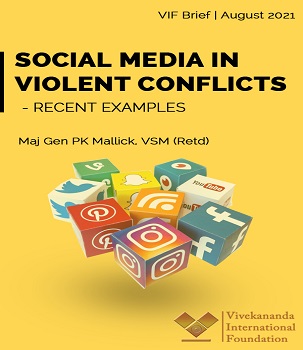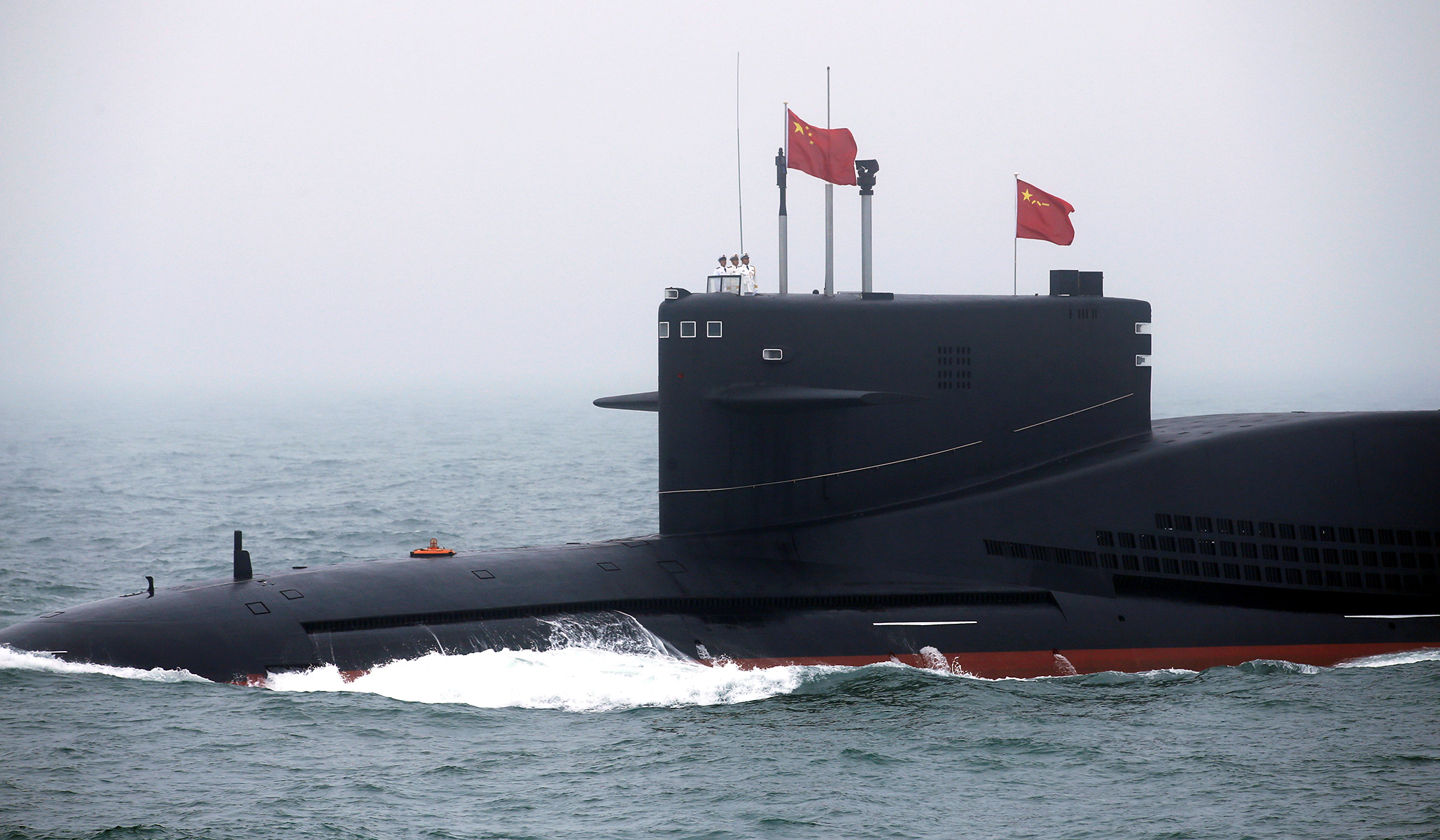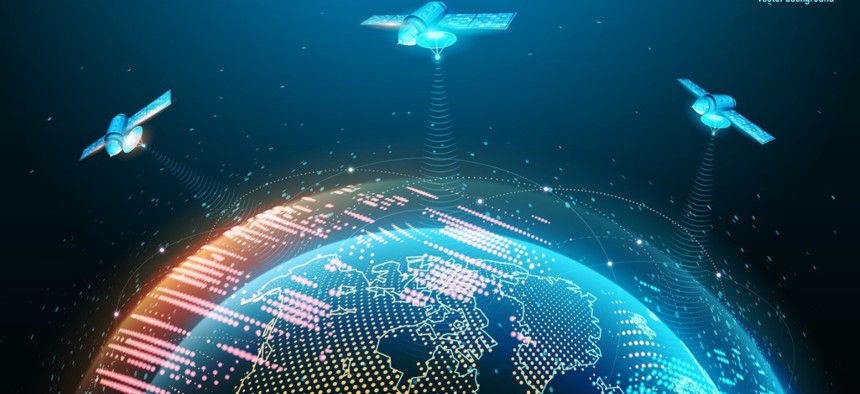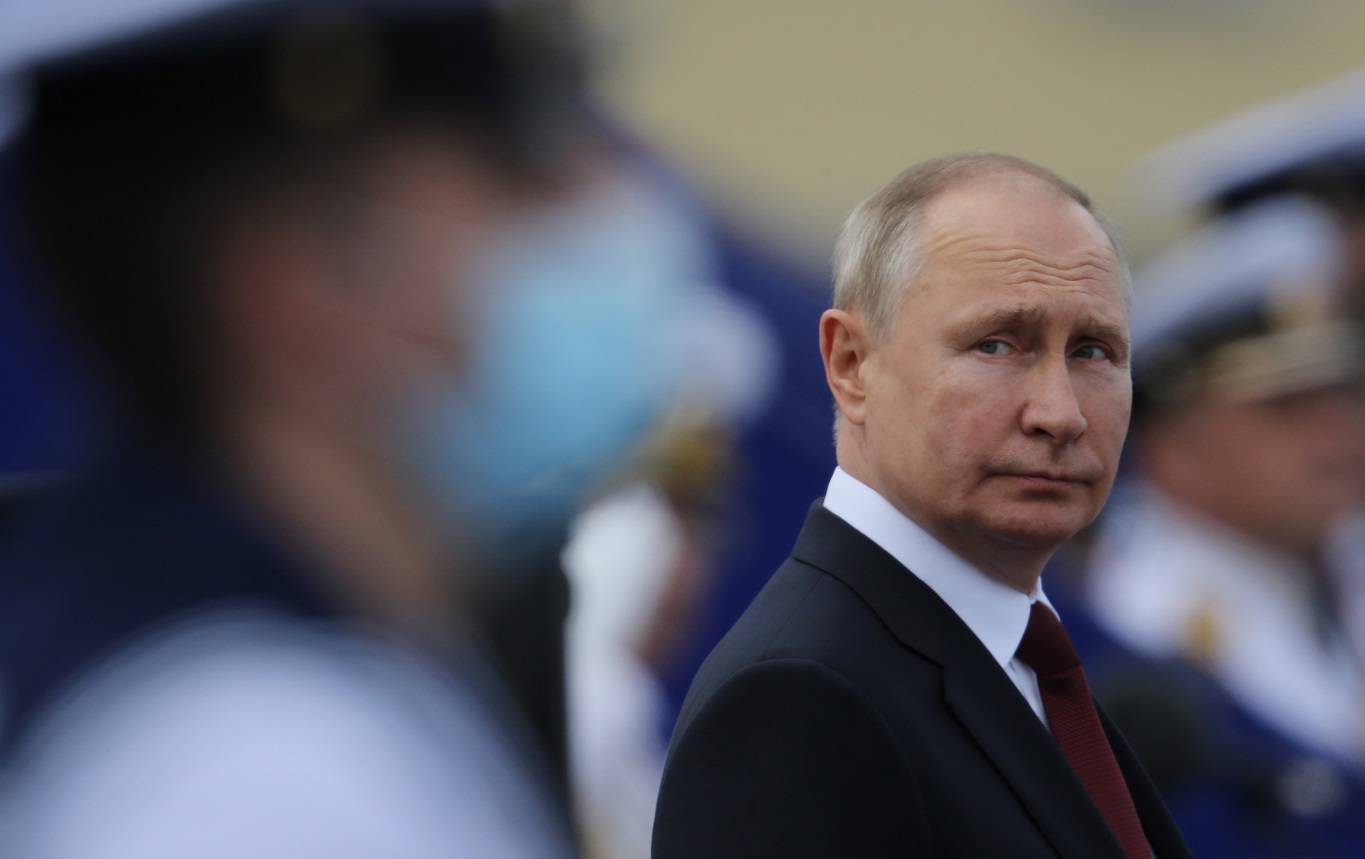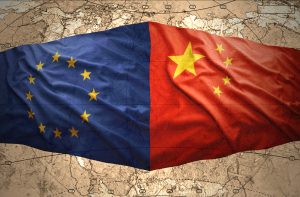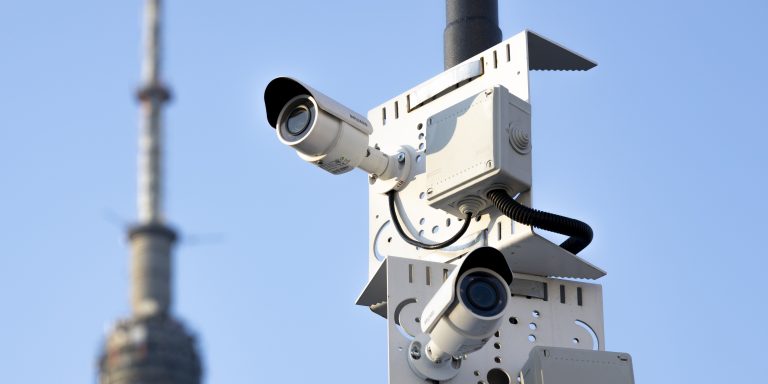Ben Buchanan, Andrew Lohn, Micah Musser and Katerina Sedova
Growing popular and industry interest in high-performing natural language generation models has led to concerns that such models could be used to generate automated disinformation at scale. This report examines the capabilities of GPT-3--a cutting-edge AI system that writes text--to analyze its potential misuse for disinformation. A model like GPT-3 may be able to help disinformation actors substantially reduce the work necessary to write disinformation while expanding its reach and potentially also its effectiveness.
For millennia, disinformation campaigns have been fundamentally human endeavors. Their perpetrators mix truth and lies in potent combinations that aim to sow discord, create doubt, and provoke destructive action. The most famous disinformation campaign of the twenty-first century—the Russian effort to interfere in the U.S. presidential election—relied on hundreds of people working together to widen preexisting fissures in American society.
Since its inception, writing has also been a fundamentally human endeavor. No more. In 2020, the company OpenAI unveiled GPT-3, a powerful artificial intelligence system that generates text based on a prompt from human operators. The system, which uses a vast neural network, a powerful machine learning algorithm, and upwards of a trillion words of human writing for guidance, is remarkable. Among other achievements, it has drafted an op-ed that was commissioned by The Guardian, written news stories that a majority of readers thought were written by humans, and devised new internet memes.

